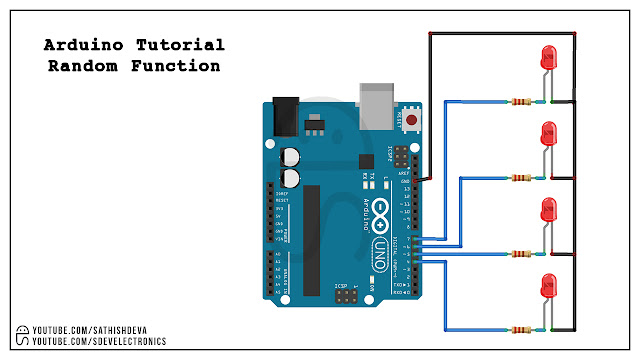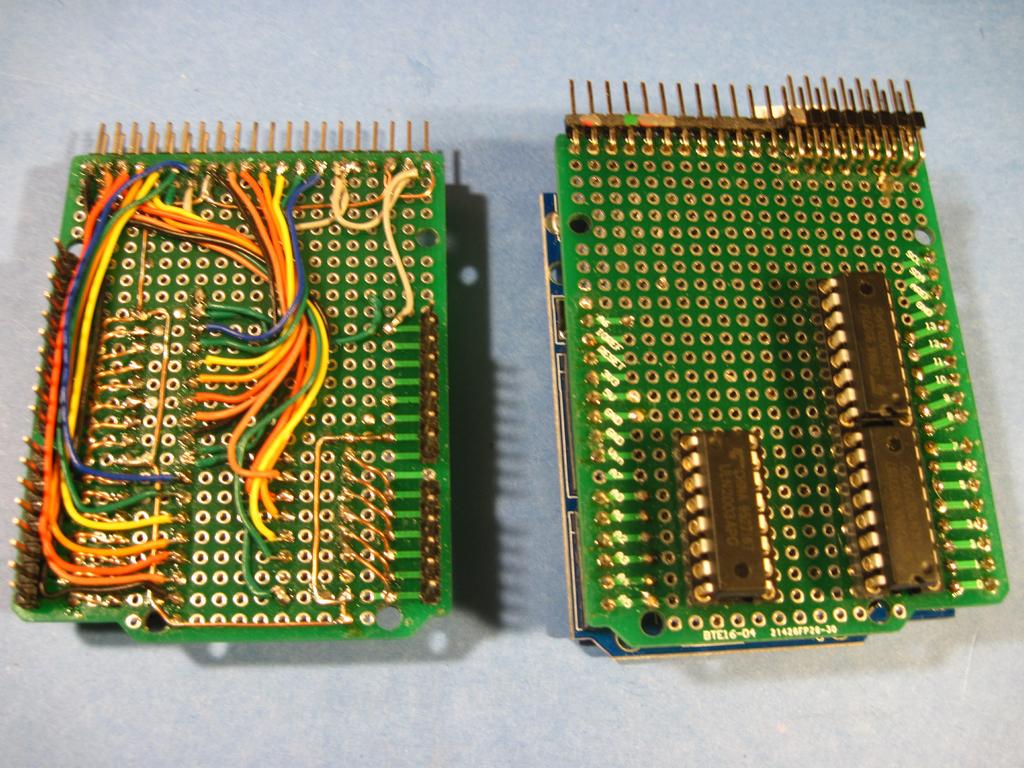

This reads the analog voltage of Pinay a zero on the Arduino and returns a number between zero four zero volts and one thousand twenty three for five volts. So we replace 10 with analog read a zero. It's likely to be somewhere between zero and five volts, but we have no clue what that value might be. If the pin isn't attached to anything, we can consider it floating, which means the voltage is unknown due to the internal workings of the Arduino. One trick we can do in the Arduino is read the voltage from an analog pin that we're not using.

Can you think of anything that might be different every time we cycle power on the Arduino? This isn't an easy problem in order to generate truly random numbers, we need a truly random seed. We need to find a way to change the seed every time we start the program. The speed change, the pseudo random number sequence, but having a constant seed causes the same set of numbers to appear again. It's the same set of different numbers over and over and over again.
#RANDOM ARDUINO SERIAL#
Random seed open parentheses 10 close parentheses just before serial biggin upload and look at the output ahat.
#RANDOM ARDUINO GENERATOR#
This is just another number used to initialize the generator to do this call. The way to avoid this is to set the random number generator seed.


However, the particular algorithm used to generate these numbers will produce the same sequence every time. This means that the numbers in our sequence, when compared to each other, are random. Pseudo random means that the numbers satisfy one or more statistical tests for randomness, but produced by a definite mathematical procedure. This says that the numbers are pseudo random. Scroll down to random numbers and click on Random. What's going on here? To find out, we turn to our trusty reference guide on Arduino. What happens? Those are the same numbers I can keep pressing the reset button and the same supposedly random numbers will keep appearing. Why do I say seemingly? Well, let me press the reset button on my arduino. We see five seemingly random numbers between one and one hundred printed to the terminal. In our example, random will return something between one and one hundred, which means the minimum is one and the maximum value is one less than the second argument runit. We feed random two integers as arguments random will randomly pick an integer between these two integers, including the first, but excluding the second. open parentheses, close parentheses we're using the built in are doing a random function to make this happen. Quotes, space quotes, and make sure you've closed out that for loop under that serial print, L.N. Open curly brace under that cereal print random open parentheses one comma one or one close parentheses and then serial dot print.
#RANDOM ARDUINO PLUS#
Ninety six hundred under that right for int i equals zero semicolon I less than five semicolon I plus plus close that out. Let's print five random numbers to the cereal terminal as soon as the program starts in set right, cereal begin. You can generate a random number, but it takes some effort to set up. Sometimes you don't want to have to wait for user input, and sometimes you just don't want things to be preordained if you want chaos in your program.


 0 kommentar(er)
0 kommentar(er)
